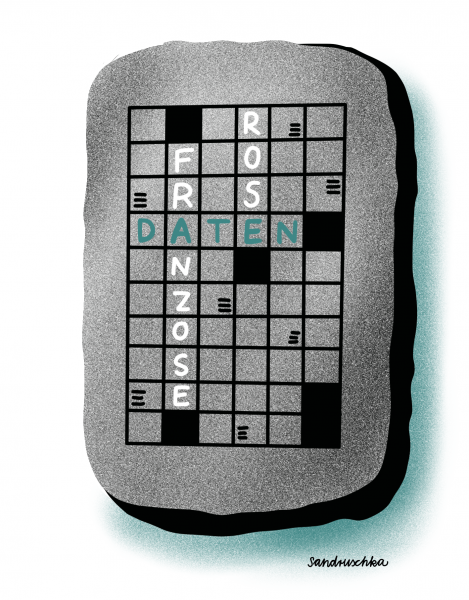46 - Not only set in stone

Thanks to his predecessors, he was able to solve the puzzle.
During Napoleon's expedition to Egypt, the French officer Pierre François Xavier Bouchard discovered the Rosetta Stone in the Nile River Delta in 1799. It is the fragment of a high stele on which a decree is carved in three different languages (ancient Greek, demotic script and Egyptian hieroglyphics). Immediately after the discovery, French scientists made numerous transcripts of the inscriptions on site. After the defeat by the British, the Rosetta Stone fell into British possession and the researcher Thomas Young began to study the texts. Fortunately, the French had made copies, so that in 1822 Jean-François Champillion succeeded in deciphering the demotic script and hieroglyphics using the ancient Greek language he knew. After his discovery was published, further hieroglyphics were deciphered and the basis for modern Egyptology was laid.
The story shows that, thanks to the transcripts, two ideas of research data management were implemented. On the one hand, there were copies in case the original was lost (backup) and, on the other hand, other scientists were given access to the texts and conduct research on them (open data).
